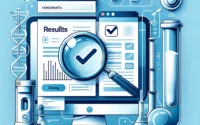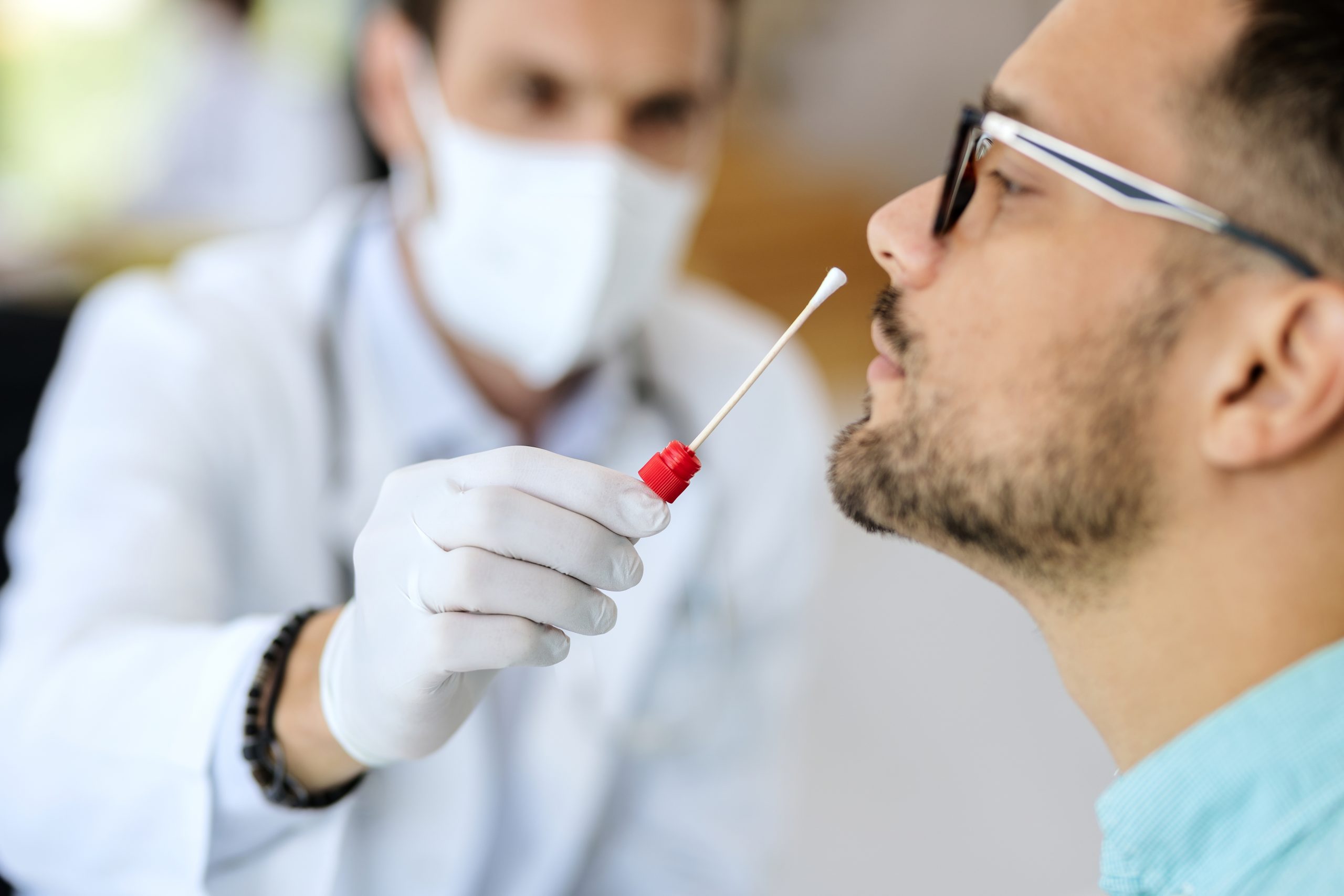Psilocybin Metabolism: A Comprehensive Examination of Mushrooms in Drug Testing
Last Updated on December 24, 2023 by Lily
Psilocybin, the naturally occurring psychedelic compound found in certain mushrooms, has gained attention for its intriguing properties and potential therapeutic applications. As interest in psilocybin grows, inquiries arise regarding its detectability in drug tests. In this comprehensive exploration, we will delve deeper into the metabolism of psilocybin, examining whether its byproducts are detectable in various drug testing methods.
Understanding Psilocybin Metabolism
1. What is Psilocybin?
Psilocybin, a natural psychedelic found in mushrooms like Psilocybe cubensis, is revered for its ability to induce altered states of consciousness. When ingested, the body converts psilocybin into psilocin, the active compound responsible for the hallucinogenic effects.
2. Metabolism Process in the Body
Psilocybin undergoes a complex metabolic process primarily in the liver. Enzymes break down psilocybin into psilocin, which readily crosses the blood-brain barrier, interacting with serotonin receptors and giving rise to the psychedelic experience.
Psilocybin and Drug Tests
3. Types of Drug Tests
Drug tests come in various forms, each with its unique strengths and limitations. Common types include urine tests, blood tests, hair tests, and saliva tests, each offering insights into different time frames of substance use.
4. Urine Tests: Detecting Psilocin Metabolites
Psilocin is detectable in urine for a limited duration, typically up to 24 hours. However, factors such as dosage, frequency of use, and individual metabolism can influence the detection window.
5. Blood Tests: Immediate Presence of Psilocin
Blood tests offer a real-time glimpse into recent substance use. After consuming mushrooms, psilocin appears in the bloodstream rapidly, but the detection window is relatively short.
6. Hair Tests: Long-Term Detection
Hair tests provide a more extended detection window, sometimes spanning several months. This method is less common for detecting psilocybin but offers insights into more prolonged patterns of use.
7. Saliva Tests: Short-Term Detection
Saliva tests are convenient for immediate detection but have a shorter detection window compared to urine or hair tests. Psilocin can typically be detected in saliva within a few hours to a day after ingestion.
Factors Influencing Detection
8. Individual Variations in Metabolism
Individual variations in metabolism play a significant role in the detectability of psilocin. Genetics, age, and overall health can influence how quickly the body processes and eliminates the substance.
9. Dosage and Frequency of Use
The amount of psilocybin ingested and the frequency of use impact the concentration of psilocin in the body. Higher doses and frequent use may extend the detection window in drug tests.
Interpreting Test Results
10. False Positives and Cross-Reactivity
False positives in drug tests can occur due to factors unrelated to psilocybin consumption, such as certain medications or foods. Understanding potential sources of cross-reactivity is crucial for accurate interpretation.
11. Legal Implications of Psilocybin Detection
The legal landscape surrounding psilocybin is evolving. While some jurisdictions have decriminalized or legalized its use, many still consider it a controlled substance. The implications of psilocybin detection vary, impacting individuals in workplaces, legal proceedings, and probation programs differently.
Challenges in Psilocybin Detection
12. Lack of Standardization in Testing
Unlike commonly tested substances, there is a lack of standardization in testing for psilocybin and its metabolites. This lack of uniformity can lead to varying results across different testing facilities.
13. Short Half-Life of Psilocin
The relatively short half-life of psilocin poses challenges in detection, especially in urine tests. Its rapid elimination from the body may result in false negatives, especially if the test is conducted several days after consumption.
14. Variability in Mushroom Potency
The potency of psilocybin-containing mushrooms can vary significantly. This variability introduces challenges in predicting the amount of psilocin that will be present in the body after ingestion.
Future Directions in Psilocybin Testing
15. Research on Extended Detection Methods
Ongoing research aims to develop more sensitive and accurate methods for detecting psilocybin and its metabolites. Advanced testing techniques may provide a more comprehensive understanding of its presence in the body.
16. Integration of Psychedelic Knowledge in Drug Testing
As psychedelics gain recognition for their therapeutic potential, there is a growing need to integrate nuanced knowledge about these substances into drug testing policies. This includes considering the context of use and potential medical benefits.
Frequently Asked Questions About Psilocybin and Drug Testing
1. What is psilocybin, and where is it found?
Psilocybin is a naturally occurring psychedelic compound found in certain species of mushrooms, often referred to as “magic mushrooms” or “psilocybin mushrooms.”
2. How is psilocybin metabolized in the body?
When ingested, psilocybin is metabolized by enzymes in the liver into psilocin, the active form that interacts with serotonin receptors in the brain, leading to hallucinogenic effects.
3. Which drug tests can detect psilocybin or its metabolites?
Common drug tests include urine tests, blood tests, hair tests, and saliva tests. Each method has different detection windows and sensitivities.
4. How long is psilocybin detectable in urine after consumption?
Psilocin, the metabolite of psilocybin, is typically detectable in urine for up to 24 hours, though individual factors such as metabolism, dosage, and frequency of use can influence this window.
5. Can psilocybin be detected in blood tests?
Yes, blood tests can detect psilocin, providing a real-time snapshot of recent substance use. However, the detection window is relatively short.
6. Are hair tests effective for detecting psilocybin use?
Hair tests offer a more extended detection window, potentially spanning several months. While less common for psilocybin, they can provide insights into more prolonged patterns of use.
7. How soon after ingestion can psilocybin be detected in saliva?
Saliva tests can detect psilocin within a few hours to a day after ingestion, offering a short-term detection window.
8. Do individual variations impact the detectability of psilocybin?
Yes, individual factors such as genetics, age, and overall health can influence the metabolism of psilocybin and, consequently, its detectability in drug tests.
9. Does the dosage and frequency of psilocybin use affect detection in drug tests?
Higher doses and frequent use of psilocybin may impact the concentration of psilocin in the body, potentially extending the detection window in drug tests.
10. Can false positives occur in psilocybin drug tests?
False positives are possible in drug tests, and factors unrelated to psilocybin consumption, such as certain medications or foods, can contribute to inaccurate results.
11. What legal implications are associated with psilocybin detection in drug tests?
Legal implications vary by jurisdiction. While some areas have decriminalized or legalized psilocybin use, many still classify it as a controlled substance. The impact on individuals can differ in workplaces, legal proceedings, and probation programs.
12. Why is there a lack of standardization in psilocybin testing?
Psilocybin testing lacks standardization due to the unique nature of psychedelic substances. The absence of uniform testing protocols can lead to varying results across different testing facilities.
13. How does the short half-life of psilocin present challenges in detection?
The relatively short half-life of psilocin poses challenges in detection, especially in urine tests, where rapid elimination from the body may result in false negatives if the test is conducted several days after consumption.
14. Can the variability in mushroom potency affect drug test results?
Yes, the potency of psilocybin-containing mushrooms can vary significantly, influencing the amount of psilocin present in the body after ingestion.
15. What future developments are expected in psilocybin testing?
Ongoing research aims to develop more sensitive and accurate testing methods for psilocybin. Advanced techniques may provide a comprehensive understanding of its presence in the body.
16. How can psychedelic knowledge be integrated into drug testing policies?
As psychedelics gain recognition for therapeutic potential, there is a growing need to integrate nuanced knowledge about these substances into drug testing policies. This includes considering the context of use and potential medical benefits.
Conclusion
In conclusion, a nuanced understanding of psilocybin metabolism provides valuable insights into its detectability in drug tests. As societal perspectives on psychedelics evolve and research progresses, informed discussions about drug testing and substance use become increasingly essential. This comprehensive examination serves as a guide for individuals seeking clarity on how psilocybin from mushrooms may be detected in various drug testing scenarios. It is crucial to approach this information responsibly, considering legal and ethical considerations surrounding drug testing and psychedelic use.
Related Posts

How to Check Concentra Drug Test Results

How to Pass a Saliva Drug Test?

Does Concentra Watch You Pee for Drug Tests
About Author
Lily
I'm Lily, a freelance writer with a deep understanding of Healthcare. Based in the United States, I specialise in creating high-quality content on a wide range of Health topics, from urgent care and medical and hospitality.
